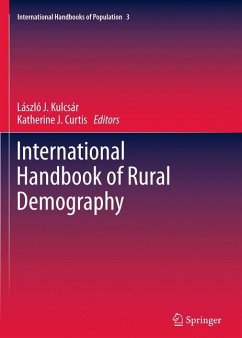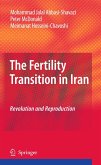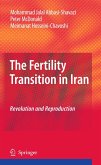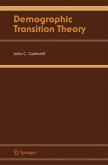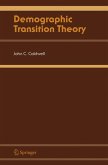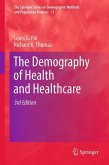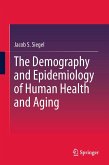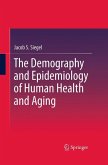This is the third in an essential series of Springer handbooks that explore key aspects of the nexus between demography and social science. With an inclusive international perspective, and founded on the principles of social demography, this handbook shows how the rural population, which recently dropped below 50 per cent of the world total, remains a vital segment of society living in proximity to much-needed developmental and amenity resources. The rich diversity of rural areas shapes the capacity of resident communities to address far-reaching social, environmental and economic challenges. Some will survive, become sustainable and even thrive, while others will suffer rapid depopulation. This handbook demonstrates how these future development trajectories will vary according to local characteristics including, but not limited to, population composition.
The growing complexity of rural society is in part a product of significant international variations in population trends, making this comparative and comprehensive study of rural demography all the more relevant. Collating the latest research on international rural demography, the handbook will be an invaluable aid to policy makers as they try to understand how demographic dynamics depend on the economic, social and environmental characteristics of rural areas. It will also aid researchers assessing the unique factors at play in the rural context and endeavoring to produce meaningful results that will advance policy and scholarship. Finally, the handbook is an ideal text for graduate students in a spread of disciplines from sociology to international development.
The growing complexity of rural society is in part a product of significant international variations in population trends, making this comparative and comprehensive study of rural demography all the more relevant. Collating the latest research on international rural demography, the handbook will be an invaluable aid to policy makers as they try to understand how demographic dynamics depend on the economic, social and environmental characteristics of rural areas. It will also aid researchers assessing the unique factors at play in the rural context and endeavoring to produce meaningful results that will advance policy and scholarship. Finally, the handbook is an ideal text for graduate students in a spread of disciplines from sociology to international development.
"What is the meaning of "rural" in the highly interconnected global economies of the 21st Century? This masterful book addresses this question and several others by bringing together, in a single edited collection, the most up-to-date research on global rural demographic issues and trends possible. The editors are to be congratulated, first, for structuring a thoughtful and comprehensive set of highly relevant themes and, second, for recruiting a first-rate team of rural experts to share their latest research and insights. The book will appeal both to the rural practitioner and the specialist researcher/teacher for years to come." -- Paul R. Voss University of North Carolina at Chapel Hill
"This handbook is a major contribution to rural demography, at a time of growing interest and activity in this field. The breadth in terms of topics and subjects represents a broad view of rural demography, covering relevant scholarship in the US and across the globe. An important and comprehensive work, this handbook should have a major impact on the continuing strength and growth of this aspect of demography." -- Glenn V. Fuguitt University of Wisconsin-Madison
"This handbook is a major contribution to rural demography, at a time of growing interest and activity in this field. The breadth in terms of topics and subjects represents a broad view of rural demography, covering relevant scholarship in the US and across the globe. An important and comprehensive work, this handbook should have a major impact on the continuing strength and growth of this aspect of demography." -- Glenn V. Fuguitt University of Wisconsin-Madison
What is the meaning of "rural" in the highly interconnected global economies of the 21st Century? This masterful book addresses this question and several others by bringing together, in a single edited collection, the most up-to-date research on global rural demographic issues and trends possible. The editors are to be congratulated, first, for structuring a thoughtful and comprehensive set of highly relevant themes and, second, for recruiting a first-rate team of rural experts to share their latest research and insights. The book will appeal both to the rural practitioner and the specialist researcher/teacher for years to come. Paul R. Voss University of North Carolina at Chapel Hill This handbook is a major contribution to rural demography, at a time of growing interest and activity in this field. The breadth in terms of topics and subjects represents a broad view of rural demography, covering relevant scholarship in the US and across the globe. An important and comprehensive work, this handbook should have a major impact on the continuing strength and growth of this aspect of demography. Glenn V. Fuguitt University of Wisconsin-Madison

